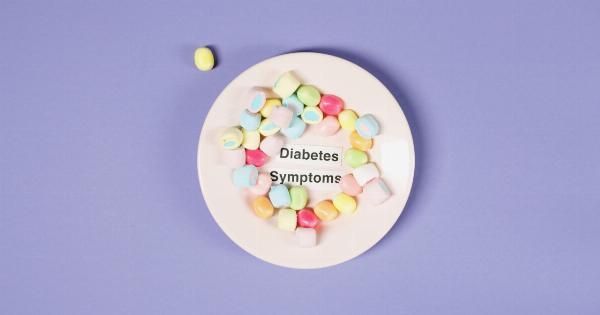Heart disease and stroke are severe medical conditions that can lead to a range of other health issues and even death. One of the primary contributors to heart disease and strokes is risk factors.
These are elements that increase the likelihood of having a heart attack or stroke, including high blood pressure, cholesterol levels, and obesity, among others. However, are these risk factors similar in men and women? In this article, we’ll explore this question and break down the similarities and differences between the risk factors for heart disease and strokes in men and women.
Similarities in Risk Factors for Heart Disease and Strokes in Men and Women
Both men and women share some common risk factors for heart disease and strokes, including:.
1. Age
As people age, the risk of developing heart disease and strokes increases. This is due to the accumulation of fatty deposits in the arteries.
Men and women both have a higher risk of heart disease and strokes as they age, although men are at higher risk in their younger years.
2. Family History
If a person’s family has a history of heart disease or strokes, it increases the chances that they will develop these conditions as well. This risk factor is prevalent in both men and women.
3. High Blood Pressure
High blood pressure, also known as hypertension, is a leading risk factor for heart disease and strokes in both men and women.
When blood pressure is elevated, it puts extra strain on the heart and blood vessels, increasing the risk of damage or rupture.
4. Diabetes
Diabetes is a medical condition marked by high blood sugar levels. It can damage the blood vessels and contribute to the development of heart disease and strokes. Men and women both have a higher risk of heart disease and strokes if they have diabetes.
Differences in Risk Factors for Heart Disease and Strokes in Men and Women
While men and women may share some common risk factors for heart disease and strokes, there are also some differences between the sexes. Here are a few examples:.
1. Hormonal Differences
Women’s hormones play a significant role in their risk of heart disease and strokes. Women who have gone through menopause have lower levels of estrogen, which can contribute to an increased risk of heart disease.
Additionally, certain pregnancy complications can increase a woman’s risk of heart disease later in life.
2. Cholesterol Levels
Cholesterol is a type of fat made by the liver that is necessary for the body’s normal functioning. However, when cholesterol levels are too high, it can contribute to the development of heart disease.
Men tend to have higher levels of “bad” cholesterol (LDL) earlier in life, while women’s cholesterol levels typically rise after menopause.
3. Lifestyle Choices
The lifestyle choices that contribute to heart disease and strokes can differ between men and women. For example, men are more likely to smoke and drink excessively, two behaviors that can increase the risk of heart disease and strokes.
Women, on the other hand, are more likely to be inactive and have lower levels of physical fitness, which can put them at higher risk.
4. Symptoms and Presentation
The symptoms of heart disease and strokes can differ between men and women.
For example, men are more likely to experience chest pain as a symptom of heart disease, while women may experience fatigue, shortness of breath, or pain in the neck, jaw, or back. Additionally, women may have more subtle symptoms than men, making it harder to diagnose heart disease or strokes in women.
Conclusion
In conclusion, while men and women share some common risk factors for heart disease and strokes, there are also differences between the sexes.
Hormonal differences, cholesterol levels, lifestyle choices, and symptom presentation can all contribute to differences in the risk factors for these conditions. It’s important for both men and women to pay attention to their health and take steps to reduce their risk of heart disease and strokes.



























